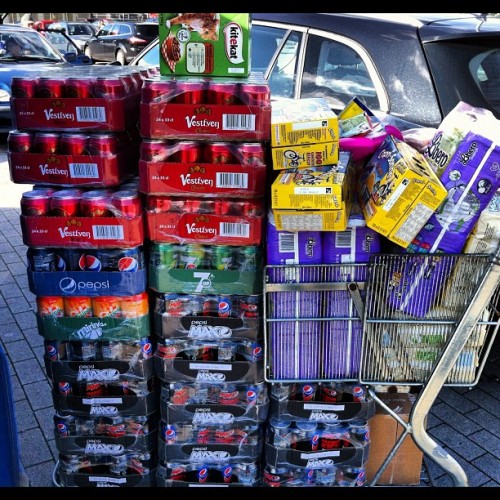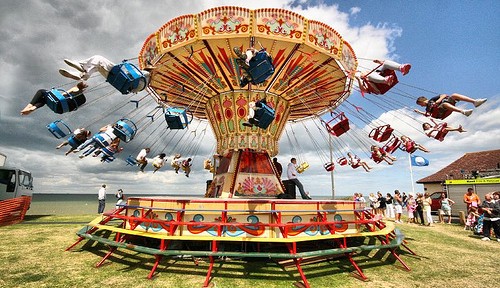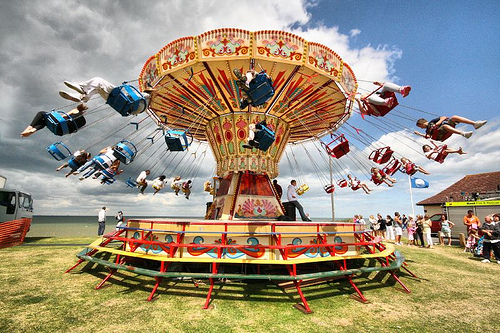The cultural programme for Sønderborg 2017 European Capital of Culture is based on a three-pronged attack: Connect, Confront and Celebrate. Looking in on Danes and Sonderborg as a relative outsider I feel that this strategy, although it does not necessarily feel comfortable, fits precisely what is needed in a Danish context to achieve a European and (hopefully even) global dimension.
So why do I feel so strongly about these 3 words?
Connect
We have to connect to each other as Europeans to reach our full potential. Only together can we bring along the change we envision for our citizens, our artistic community, our region and our friends and peers in Europe.
Sønderborg 2017
Denmark is a society built on strong networks. Unfortunately, breaking into these networks as an outsider may often prove difficult, due to the insularity of most Danish groups. Although Danish society was traditionally multi-ethnic (with minorities mainly being Germans, Norwegians and Swedes), wars with neighbours meant that the size of the country decreased over time such that most of what was left were ethnic Danes. This gave Danes a strong sense of identity, but also fear of ‘the others’. Diversity is often not celebrated, but looked upon with fear – fear of change, fear of the unknown, fear of all that is different.
However, in the global society we are living in today, no society can remain isolated. No society can put itself on a pedestal. No society can keep believing that it can go it alone. This is why connections across the border and throughout Europe and beyond is an important aspect to think about.
The idea of networking and collaboration is already a well-ingrained activity for most Danes, so showing the necessity of taking these connections one step further (while accepting the equality of the partners) is a logical, and necessary, progression. Connecting isn’t simply about teaching others ‘your way’, but a dialogue where both learn from each other.
Confront
We want to confront differences and challenges in human relationships to promote new ways of thinking. We can’t risk getting stuck in our old habits and closed-minded thoughts.
Sønderborg 2017
A fundamental aspect for most Danes relates to the concept of ‘hygge‘. This can be loosely translated into ‘coziness’, but really transcends that to a principle that permeates into all aspects of Danish life. It is something you aspire to in all that you do. It is also what pushes Danes to stick to the familiar rather than connect to the unknown.
An issue with this concept, however, is that ‘hygge’ is completely antonymous to confrontation, challenging and questioning. The concept of hygge also reaches up to the highest level of Danish society: the party in government typically seeks consensus in ruling. However, this may leads to the less inspirational middle ground that is legislated for rather than a visionary change. Furthermore, a push for consensus means that it is often the voice of he who shouts loudest that is heard.
However, if one is not challenged about ones thoughts one risks being soothed into a peaceful bubble of self-righteousness, as the thoughts turn into beliefs and the beliefs become set into stone as dogma. It is only by being pushed to think clearly and deeply about our ideas and hearing other people’s thoughts on the same idea, such as happens during an argumentative discussion, that we can ensure that we are not lulled into a false sense of calmness. Otherwise, one risks losing the competitive innovative edge as you isolate yourself as you see no reason for continuous improvement. This is a very dangerous place to be.
Challenging these well-set behavioural norms is a hard slog. However, by putting confrontation at the very top of the agenda, S2017 is actively showing that it realises the importance of such activities. In a more confrontational society (like Malta, where people take sides in everything), focussing on such a theme would have been slightly bewildering. But in the context of a Danish society aiming to be visible on a European platform, this is exactly what is needed.
Celebrate
And we will celebrate cultural diversity and difference because we believe that culture is the strongest vehicle for change.
Sønderborg 2017
Celebrations are a mainstay of all cultures, not least Danes. In the words of someone else “the Danes may be ultra liberal but they’re painfully traditional. Every season, every feast, every holiday, every celebration from cradle to grave has a Danish tradition attached”. So it goes without saying that an event such as this would require its own celebrations.
Besides fun, celebrations may also help consolidate the other two strategies: Typically, Danes like to celebrate within their own houses, making it difficult for people outside the circle to get a glimpse in. However, by focussing on celebrations outside of homes, Danes can experience connecting to others while in the familiarity of something they enjoy. This is particularly so for the big events planned, such as the opening and closing ceremonies.
However, Sønderborg 2017 is also hoping to take the celebrations one step further, and rather than simply celebrating Danishness, also celebrating diversity. Confrontation does not necessarily have to be done in an aggressive way. Celebrating diversity leads to the unknown becoming known, hence losing the fear in the process. Again, a perfect way of not pushing the boundaries of comfort too far, while supporting connections and confrontations.











